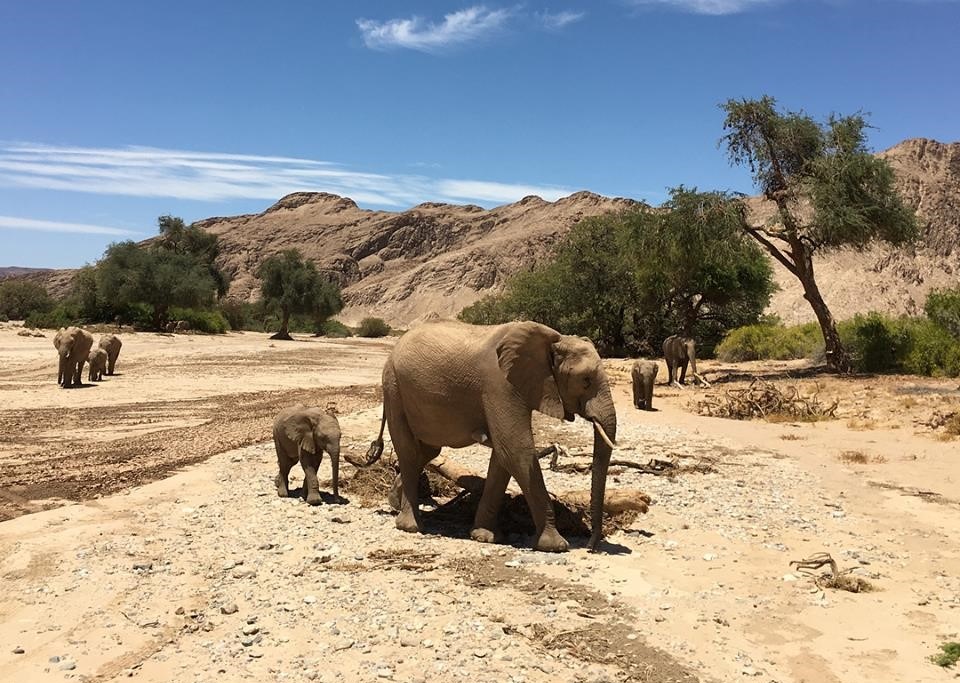Few tourists have ever ventured here. It is a place famous for whale bones, lions, fur seals, and ship wrecks. The Skeleton Coast is unusually beautiful and getting there is the adventure of a lifetime.
Namibia is one of the least populated countries in the world and is home to the world’s oldest desert. Its landscapes are breathtaking. The soft, muted tones leave you speechless, and despite the harsh conditions, abundant wildlife is a reminder of the resiliency of nature. Until recently, few people other than native tribal societies have explored the remote areas of this vast desert.
Since Namibia declared independence in 1990, they remain one of the few countries to incorporate conservation into their constitution. As a result, they have given the Namibian people the ability to form conservancies and declare their own wildlife and land management policies. WWF supports this model and has worked alongside local communities to protect Namibia’s natural resources.
The Palmwag Conservancy is an example of how community-based conservation can benefit both local communities and the wildlife that shares the land. Palmwag extends from the Skeleton Coast inland – covering 5,500 square kilometers of pristine territory.
The newest lodge, Hoanib, in the Palmwag Conservancy is where our story begins. The only point of access is a dusty, dirt air strip between small mountains that look more like the surface of Mars than anything you have seen on Earth. Greeted by two all-terrain vehicles, we knew we were in for an experience.
The accommodations rival even luxury hotel rooms, but it truly is access to the infamous Skeleton Coast that makes this place special. On our second day in camp, we woke up early to another perfectly prepared breakfast before jumping into our Land Rovers and heading to the coast. Our goal: desert adapted lions and fur seals. There is only a small pride of lion in the area and they must travel hundreds of miles in search of food. Finding them is against the odds, but with two WWF employees on board, we were determined.
Quietly taking in the landscape, we were startled when the vehicle came to an abrupt stop—lion tracks—not more than a few hours old, according to our guide. They could be close, so with our eyes fixated out the windows it wasn’t long before we saw them. Two female lions enjoying an Oryx carcass they had successfully hunted the day before. These lions are not like any other. They are desert adapted and have evolved to survive in our planet’s most formidable desert landscape. Life for these lions is tough and with human encroachment and conflict, it is getting tougher.
The change in landscape from camp to coast – a mere twenty-seven miles – is unlike anything you could imagine. On this relatively short journey, you travel from a dry river bed through small mountainous terrain and onto dunes as tall as sky-scrapers before finally arriving at a rocky and desolate coast. To top off our adventure, we made it to one of the largest fur seal colonies on the planet, and before our scenic flight back to camp, we indulged in a coastal picnic fit for a king.
By Katie Mabardy, WWF



































